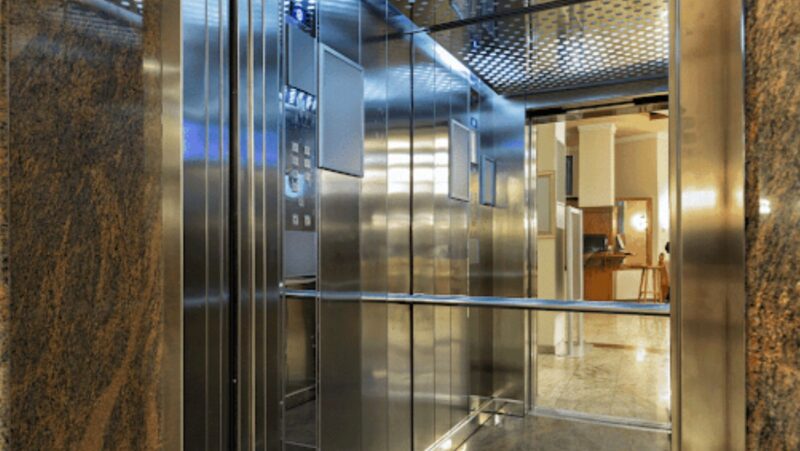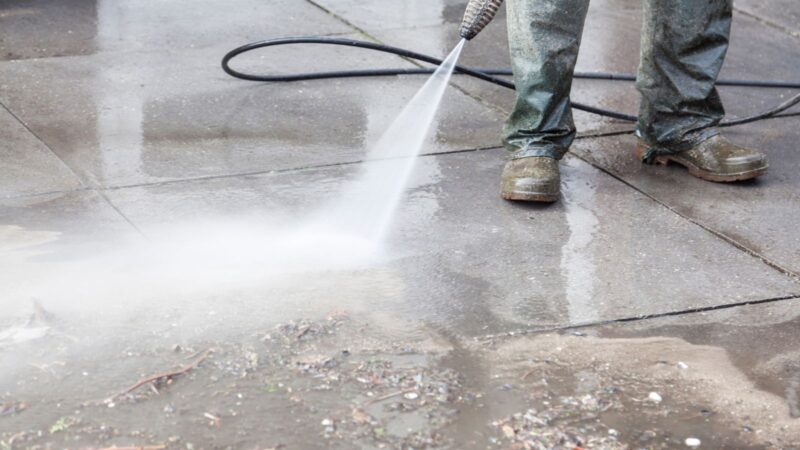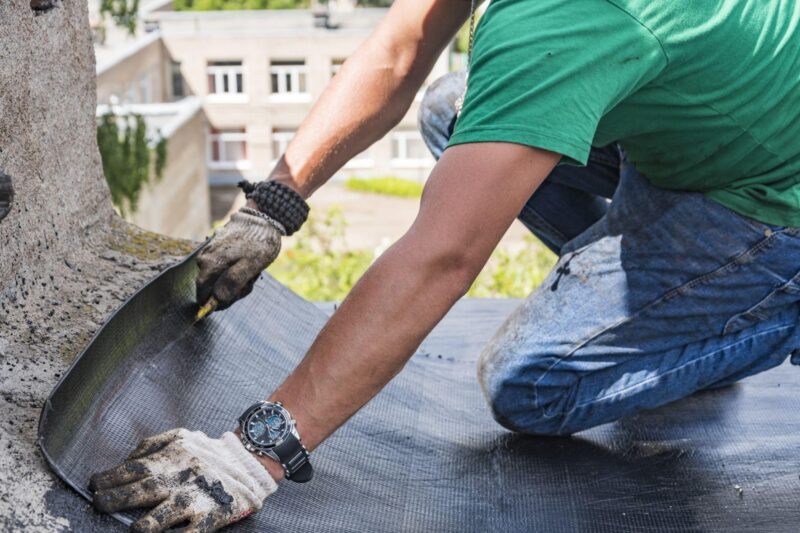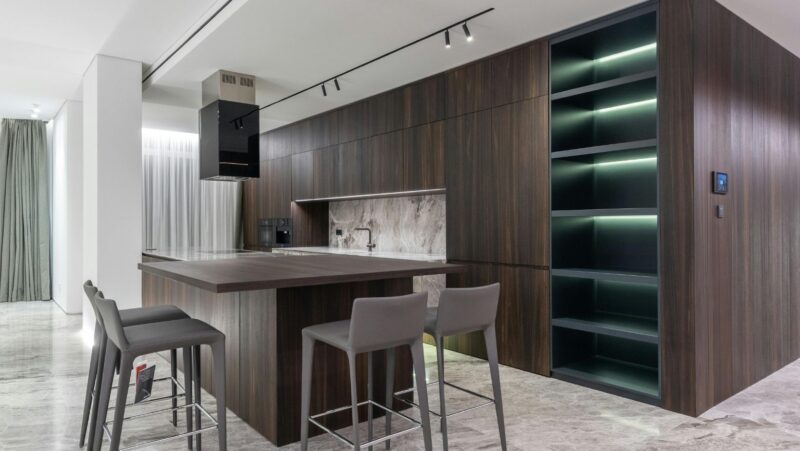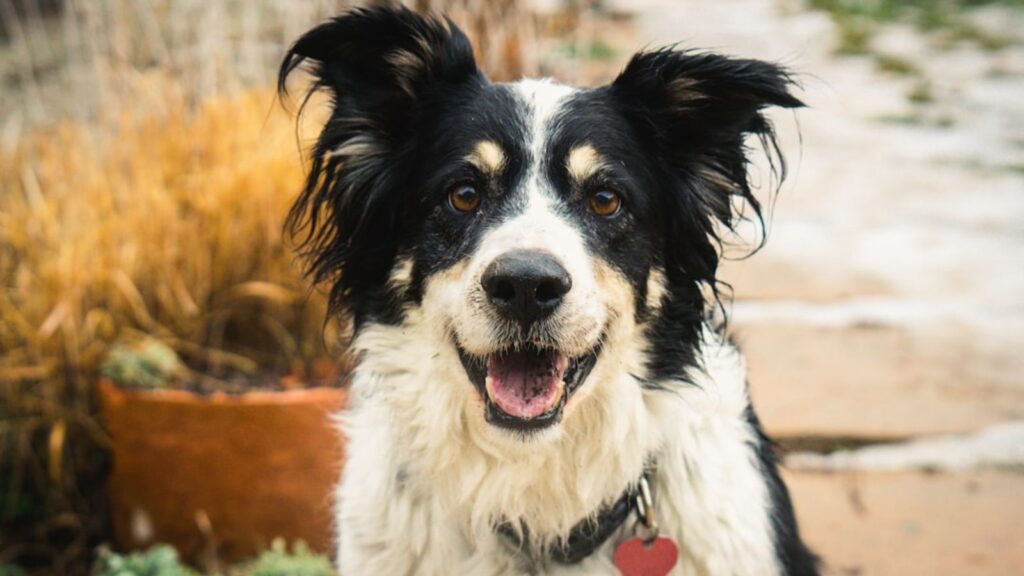
Keeping your dog safely contained in your backyard is usually front of mind when designing their outdoor space, but there is plenty more we need to think about as well.
We’ve all heard those heart-stopping stories about escaped dogs, and frankly, the risks are terrifying. Traffic, aggressive animals, getting lost; all scenarios keep any dog parent up at night. Roughly 10 million dogs and cats are reported lost in the USA per year, which is a crazy number and not one you want to add to. We have some easy ways you can avoid joining this statistic while putting a big goofy grin on your best fur friend’s face.
Creating comfortable outdoor living
Safety is paramount, but comfort is also important! Your dog needs protection from extreme weather, whether that’s scorching summer heat or bitter winter cold.
Shade is non-negotiable during hot weather. Trees, shade sails, covered patios, or a well-ventilated outdoor dog kennel can provide relief. Be cautious with artificial turf as it can become burning hot and injure paw pads. Consider cooling options like shallow kiddie pools or specialized cooling mats for extra comfort.
For colder climates, ensure any outdoor shelter is dry, draft-free, and properly insulated. The shelter should be large enough for your dog to stand and turn around comfortably, but not so large that their body heat can’t warm the space effectively.
Fresh water access is absolutely critical, especially during warm weather or after exercise. Heavy, non-tippable bowls work well, but gravity-fed dispensers or outdoor water fountains can ensure a constant supply.
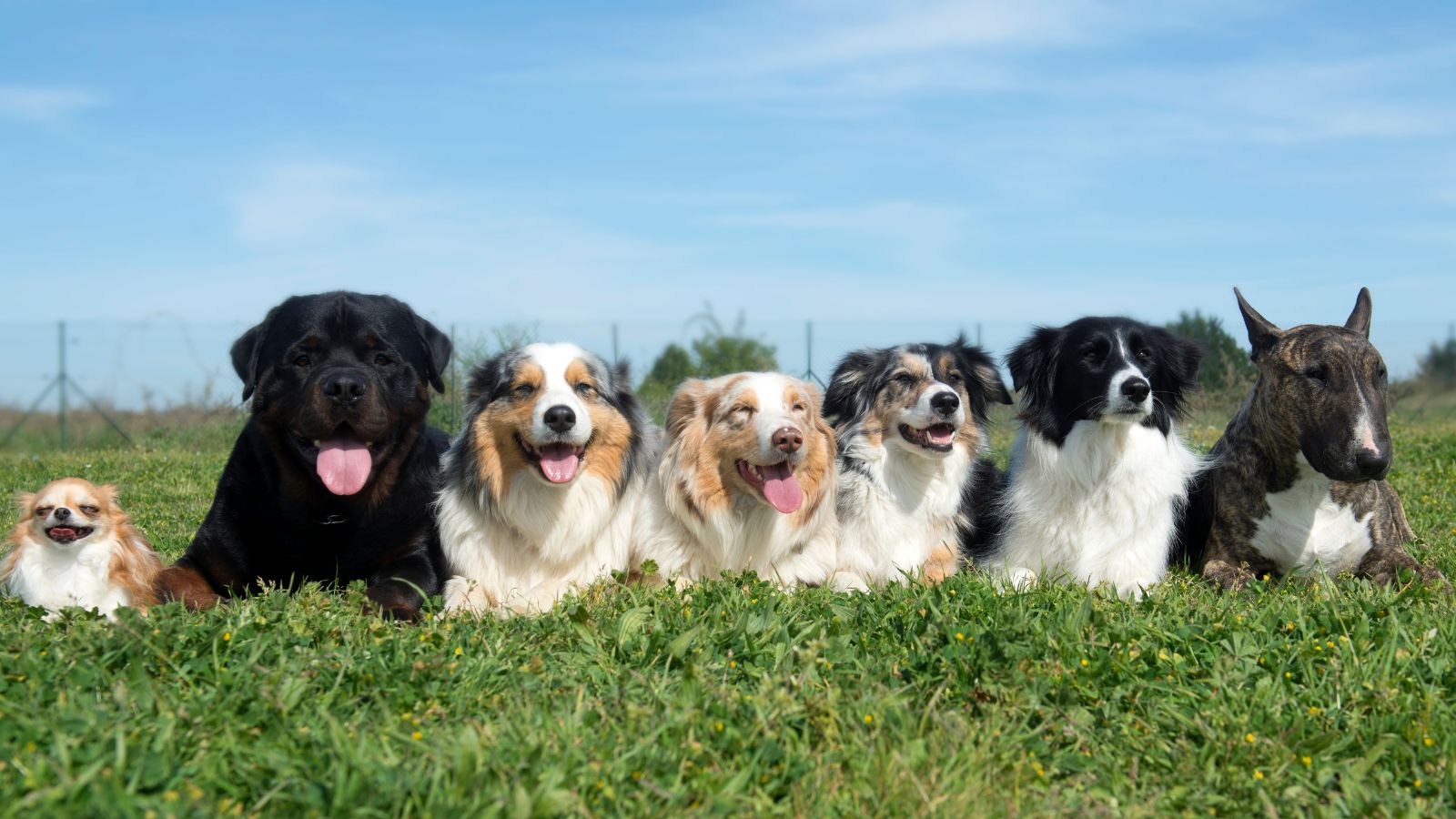
Keeping everyone safe at home
When choosing fencing, you’ve got several solid options to consider:
- Chain-link fencing offers great durability and won’t break the bank, especially for larger yards, but your dog can see everything happening beyond their domain, which might turn them into a barking machine.
- Vinyl fencing costs more upfront, but it’s practically maintenance-free and creates excellent privacy. The smooth surface makes it nearly impossible for most dogs to climb, and there are no gaps for smaller escape artists to squeeze through.
- Wooden fences give you flexibility in design and can be budget-friendly, but they do require regular upkeep. You also have to stay vigilant for loose boards or protruding nails that could injure curious paws.
- Height matters tremendously, and this isn’t a place to cut corners. Small dogs typically need at least four feet, medium breeds require five feet, and large or athletic dogs should have six feet or more. If you’ve got a German Shepherd, Husky, or any breed known for their jumping prowess, err on the side of caution and go taller.
- Some dogs are natural escape artists who try going under or over your carefully constructed barriers. Consider installing an L-footer—chicken wire or hardware cloth attached to the fence bottom and extending inward along the ground for persistent diggers. It’s surprisingly effective at discouraging excavation projects.
Navigating the green minefield
Did you know that your beautiful garden might be harboring some serious threats to your four-legged family member? Many common plants can cause anything from mild stomach upset to life-threatening poisoning:
- Chrysanthemums can cause vomiting, drooling, and skin irritation
- Azaleas and rhododendrons can affect your dog’s heart and nervous system
- Yew plants are particularly dangerous as their needles, bark, and seeds can cause heart problems and even death
- Oleander is toxic in every part of the plant, so keep this out of the area
The good news is you don’t have to sacrifice beauty for safety. Sunflowers, marigolds, snapdragons, and Russian sage can create a stunning, dog-friendly landscape. When in doubt, check the ASPCA’s comprehensive plant database, as it’s an invaluable resource for any dog owner.
It’s also important to note that traditional pesticides, herbicides, and some fertilizers can be extremely dangerous if your dog walks through treated areas or, heaven forbid, decides to sample them directly. Even organic doesn’t automatically mean safe. Cocoa mulch smells amazing to dogs but contains the same compounds that make chocolate toxic to them. Consider safer alternatives like vinegar-based weed killers, diatomaceous earth for pest control, or good old-fashioned compost for fertilizing.
Making things fun and engaging
A safe, comfortable yard should also be an engaging one. Boredom leads to destructive behaviors, excessive barking, and escape attempts. Add some durable, appropriately sized toys made from non-toxic materials, but inspect them regularly for wear and replace damaged items immediately.
Consider creating activity zones to channel your dog’s natural instincts. A designated digging pit can save your landscaping while satisfying terriers and other breeds that love to excavate. Simple agility obstacles made from logs, tunnels, or PVC pipes can also provide mental and physical stimulation.
We love interactive feeding as it turns mealtime into enrichment time. Puzzle feeders, snuffle mats, or simply scattering kibble in the grass encourage natural foraging behaviors and keep minds busy.
Creating a safe outdoor environment isn’t a one-time project
Responsible pet ownership means ongoing vigilance and maintenance. Inspect fencing regularly, clear debris after storms, and remove waste, and if you have a puppy or newly adopted dog, be patient as they learn about your yard.
Active Property Care is THE place for all things related to home and garden care, so bookmark our site and enjoy the many how-to guides to build your and your pet’s dream home.








